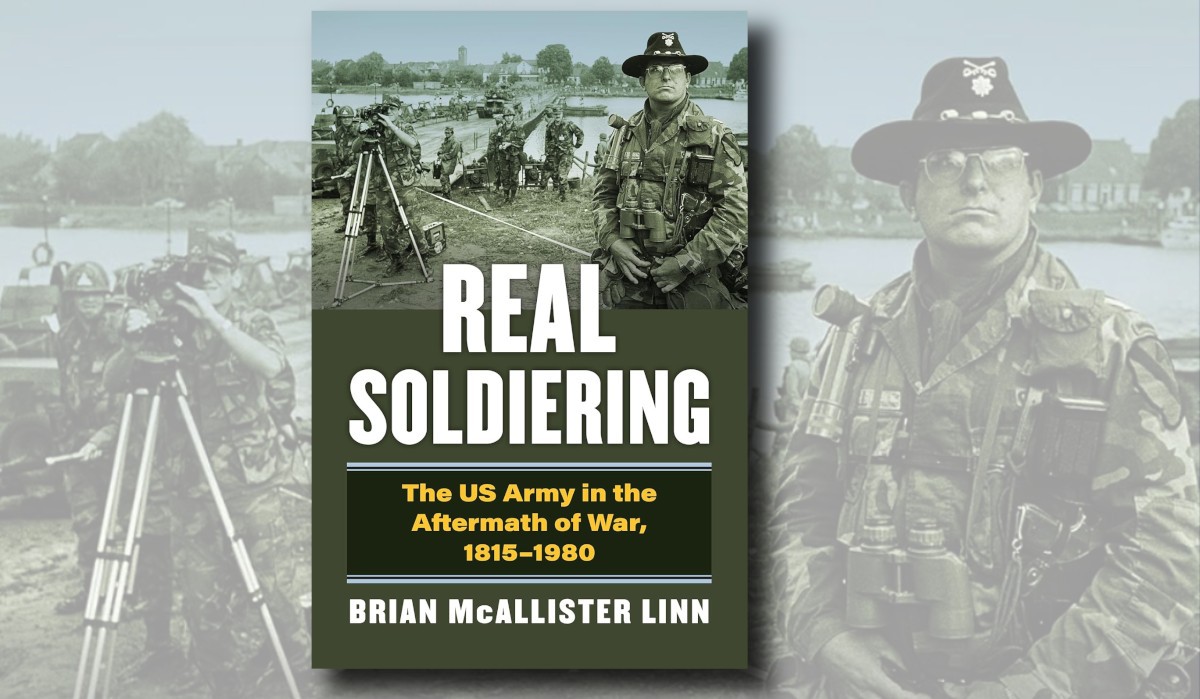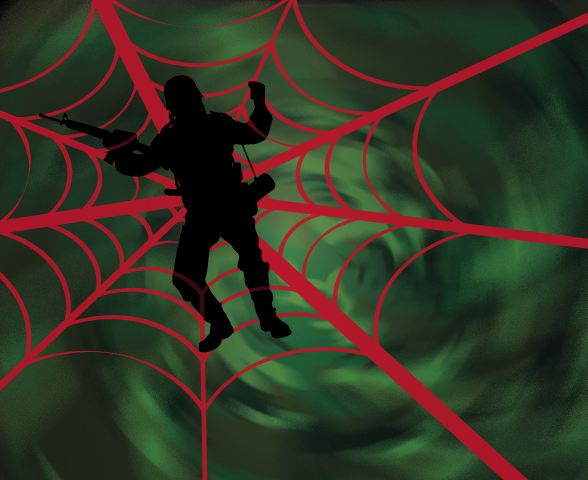Every soldier has an individual responsibility to study the profession of arms. A soldier without either interest in, or knowledge of, the history and theory of warfare - the intellectual content of the military profession - is a soldier in appearance only. (LWD 1, The Fundamentals of Land Power, 2014)
As a learning organisation, Army must have robust frameworks for ongoing development and continued education programs to ensure knowledgeable and competent staff. The 2016 Ryan Review is a good start and describes some shortcomings in our leader development. There are a number of initiatives raised, but specifically I want to focus on the development of the major and the warrant officer. Professional Military Education (PME) develops soldiers and officers to contribute effectively to Army in peace and war. It underpins the profession of arms and develops skilled learners who are self-directed, self-disciplined, self-monitored, self-corrective, and are moral and ethical thinkers. The 2016 Defence White Paper stated that attracting and retaining the future Defence workforce will be a major challenge. It further stated that our rapidly changing strategic environment requires us to continually build the skills of our people. This guidance reinforces the need for Army to improve PME.
PME consists of interrelated elements of educational foundation, military development, further education and personal development. Of these elements it is military development that remains the primary focus of individuals, supervisors and career managers. In most cases military development is administered by the All-Corps Soldier and All-Corps Officer Training Continuums (ACSOTC). The remaining three elements are addressed by the individual or by astute commanders through unit training activities. Military development is an enduring feature of the profession of arms; however, the ACSOTC only remains relevant if the individual continues to attend courses. It is inevitable that the major and the warrant officer will exit the ACSOTC once advice is received from their career manager outlining their prospects for further promotion. This is a decision point for most and the need to redefine success will be a key factor if they are to continue serving Army. It is at this point that Army must set the expectations for ongoing military development so that the workforce can remain agile and adaptive.
A quick glance at the ARA Workforce Pocket Brief shows that the total number of majors in cohort 7+ years time in rank will grow by 15% each year. The total number of warrant officers in cohort 7+ years time in rank will grow by 10% each year. Based on age upon enlistment, minimum time in rank and attendance on mandatory ACSOTC courses, it is possible that the major or warrant officer could continue to serve Army for an additional 25+ years post mandated ACSOTC courses. Army must plan for this and ensure that opportunities are given to all majors and warrant officers to undertake ongoing military development.
Professional bodies such as CPA Australia and Engineers Australia have professional development activities that registered members must complete in order to maintain set professional standards and ongoing registration. They ensure quality across the professional body and assist in maintaining ethical standards of practice. As a professional organisation - the profession of arms - it is appropriate for us to set standards. Even though the major or warrant officer may have exited the ACSOTC, the obligation to meet these standards is still expected. Given that Army’s majors and warrant officers work in a variety of fields and specialisations, it is appropriate to set professional standards centred on the specified outcomes of the ACSOTC. The ACSOTC is designed to provide all-corps knowledge for a particular function at a particular rank and by setting the professional standard as ‘all-corps must haves’, Army will achieve consistency and equalisation.
The professional standard can be achieved by administering military development activities to majors and warrant officers via a professional portfolio. A professional portfolio will provide structured and directed military development as well as incentivising self-initiated activities. The benefits of a professional portfolio are many, but specifically it allows Army to direct learning activities orientated towards the needs of the organisation. This gives Army the flexibility to quickly harmonise its majors and warrant officers. This is particularly relevant if employment specifications have changed or there has been a significant shift in strategic focus.
Below the rank of major or warrant officer the Competency Log Book has been used to record all directed military development activities that have been undertaken as part of the ACSOTC. It is not until the rank of major or warrant officer that military development activities are less directed and become more self-initiated. It is at this point that the emphasis must shift from the log book to a professional portfolio. Increasing the individual’s motivation for ongoing military development is essential. Supervisors and career managers must make every effort to ensure that majors and warrant officers are recognised for their ongoing military development: especially when granting posting preferences, tenure extensions or other career opportunities such as representational duties and overseas secondment.
Army has architecture already in place that will support the introduction of a professional portfolio. Online systems such as Campus and the Australian Defence Education Learning Environment have demonstrated that they are more than adequate to support distance learning. Both these systems are also complementary with career personnel management tools, such as PMKeyS, and would assist in capturing accurate data for career management purposes. One system that is beginning to generate significant interest in Army is MOOC (Massive Open Online Course). MOOC is a model for delivering learning content. MOOC is an extension to traditional online learning models and offers the learner access to interactive user forums and collaborative communities. Additional systems that have bespoke application are Forcenetand eSchool.
Acknowledging that Army is no longer a job for life, redefining individual success has become a necessary maxim. More than ever are individuals now the masters of their own destiny. Taking an active and self-starting approach to work and professional development are determinants of personal initiative and this proactive behaviour will determine how an individual deals with their inevitable separation from Army. Regardless of what point in their career they are, majors and warrant officers offer Army an experienced and committed workforce who have, in most cases, exited the ACSOTC and are desperately seeking opportunities to continue their military development. A professional portfolio affords this opportunity.




